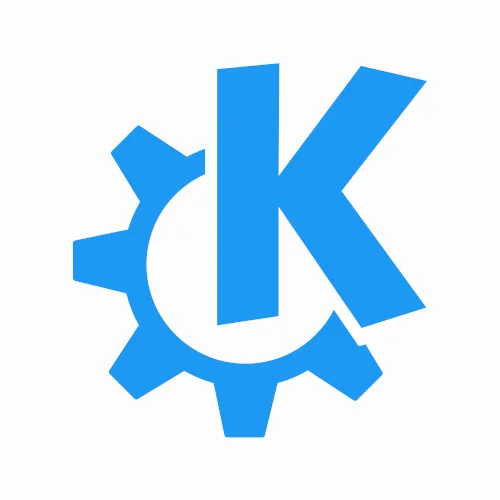KDE Plasma 6 Now Enables Tap-To-Click By Default

KDE developers decided to go ahead and enable tap-to-click behavior by default for laptop touchpads. The justification for this change was that some Linux distributions already enable it by default, Microsoft Windows enables tap-to-click and tap-to-drag by default, clicking physically requires repeated physical force that can strain injuries or aggravate carpal tunnel syndrome, clicking physically wears down the touchpad, and physical clicking can be noisy.
So this week tap-to-click is now enabled by default for Plasma 6.
Prominent KDE developer Nate Graham is out with his weekly development summary where he highlights the many KDE changes that landed for the week. In addition to tap-to-click by default, some of the other changes for this week in Plasma 6 development land include:
- Under the Plasma Wayland session text that is copied from an XWayland app will now remain in the clipboard after that app closes.
- Under the Plasma Wayland session dialog windows with parent windows set to live on multiple virtual desktops will now always appear on the current virtual desktop.
- The KDE System Settings window will now better fit down to 1366 x 768 resolutions.
- The System Settings Printers page has been rewritten in QML.
- Support for showing 3MF file format thumbnails of their 3D model contents.
- Starting a Plasma Wayland session in VirtualBox is now more reliable with Plasma 6.0.
- Various bug fixes.
More details over on Nate's blog.
16 Comments

